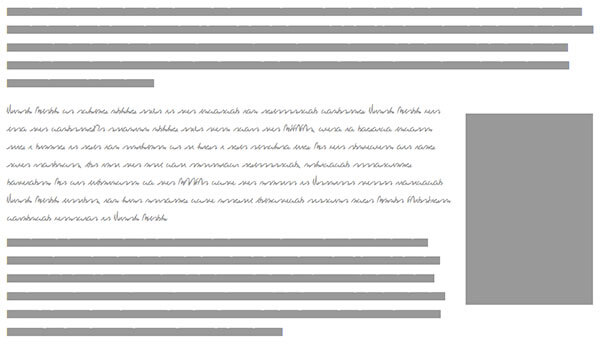CSS :autofill
Autofilling HTML input elements is a frequent user action that can drastically improve user experience. Hell, we all autofill for our passwords and address information. But what control do we have when input elements have been autofilled?
To add custom CSS styles to inputs whose contents have been autofilled by the browser, you can use the :autofill pseudo-class:
input:autofill {
border: 2px solid orange;
}
I'm really happy that browsers allow site and app developers to customize the styling of elements that have been changed by the browser. Autofill, to a degree, is an unnatural act, so signaling to that the value in an input was changed without control is important.
Since different browsers and operating systems sometimes style autofilled elements differently, :autofill is hugely beneficial!
![Animated 3D Flipping Menu with CSS]()
CSS animations aren't just for basic fades or sliding elements anymore -- CSS animations are capable of much more. I've showed you how you can create an exploding logo (applied with JavaScript, but all animation is CSS), an animated Photo Stack, a sweet...
![9 Mind-Blowing WebGL Demos]()
As much as developers now loathe Flash, we're still playing a bit of catch up to natively duplicate the animation capabilities that Adobe's old technology provided us. Of course we have canvas, an awesome technology, one which I highlighted 9 mind-blowing demos. Another technology available...
![Redacted Font]()
Back when I created client websites, one of the many things that frustrated me was the initial design handoff. It would always go like this:
Work hard to incorporate client's ideas, dream up awesome design.
Create said design, using Lorem Ipsum text
Send initial design concept to the client...
![Scrolling “Go To Top” Link Using Dojo]()
One of the most popular code snippets of posted on my blog has been the scrolling "Go To Top" link snippet. The premise of the snippet is simple: once the user scrolls an element (usually the BODY element) past a given threshold, a "Go...




